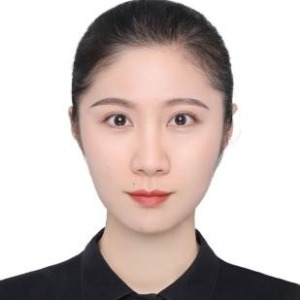Title : Design and research of a multimodal six-axis motion balance training rehabilitation simulator based on medical-engineering interdisciplinarity
Abstract:
Objective: Patients with neurodegenerative diseases frequently present with balance dysfunction, whose core pathological mechanism is attributed to diminished neuroplasticity within the proprioceptive-motor feedback loop. Current balance training devices predominantly rely on static or single-dimensional motion paradigms, thereby hindering the reconstruction of neural feedback pathways through dynamic environmental stimulation. Guided by the theory of "dynamic environment-facilitated neuroplasticity," this study integrates mechanical engineering and rehabilitation engineering technologies to develop a gamified interactive multi-degree-of-freedom six-axis motion balance training rehabilitation simulator. It aims to achieve precision and intelligence in balance function training via medical-engineering collaborative design.
Methods: A cross-disciplinary framework of "medical demand-driven and engineering-empowered design" was adopted. From a medical standpoint, based on the neural mechanisms underlying balance dysfunction (elevated proprioceptive thresholds and delayed dynamic balance responses), the training requirements were identified as: 1) multi-dimensional dynamic motion stimulation (roll/pitch ±25°, tilt angle ±20°); 2) real-time motion feedback (longitudinal/lateral 0.7G acceleration); 3) immersive scenario design (to enhance training compliance). From an engineering perspective, a high-carbon steel structure was employed to ensure equipment robustness (working area 1500mm*1500mm*1650mm), integrated with a 400W AC servo motor and six-axis coordinated control system to enable multi-degree-of-freedom motion (adjustable lateral/longitudinal displacement of 150mm, maximum load of 160kg). A 32-inch display unit and USB data interface were incorporated to construct racing/roller coaster game interaction scenarios. Game actions (e.g., racing steering, roller coaster diving) were translated into motion parameters of the six-axis platform (e.g., sideslip angle variation, pitch angle adjustment) in real-time via control algorithms, forming a "visual-proprioceptive-motor" multimodal feedback loop. Safety features included leakage protection, stroke soft limits, and adherence to 220V/10A electrical specifications, complying with medical device safety standards.
Results: Preliminary clinical trials demonstrated that the six-axis simulator, through the coupling of multi-dimensional dynamic feedback and gamified scenarios, significantly reduced center-of-gravity displacement in static balance tests and enhanced dynamic balance response speed, validating its efficacy in promoting neural feedback loop reconstruction.
Conclusion: This study realizes the upgrade of balance training equipment from "passive stimulation" to "active interaction" through in-depth integration of rehabilitation medicine neuroplasticity theory and six-axis motion control technology. The synergistic design of gamified scenarios and multi-degree-of-freedom motion not only ensures the scientific rigor of medical training but also enhances the practicality of engineering technology. This achievement is expected to advance balance dysfunction rehabilitation training toward precision and interactivity.
Keywords: Medical-Engineering Interdisciplinarity; Six-Axis Motion Platform; Balance Function Training; Neuroplasticity; Gamified Interaction



